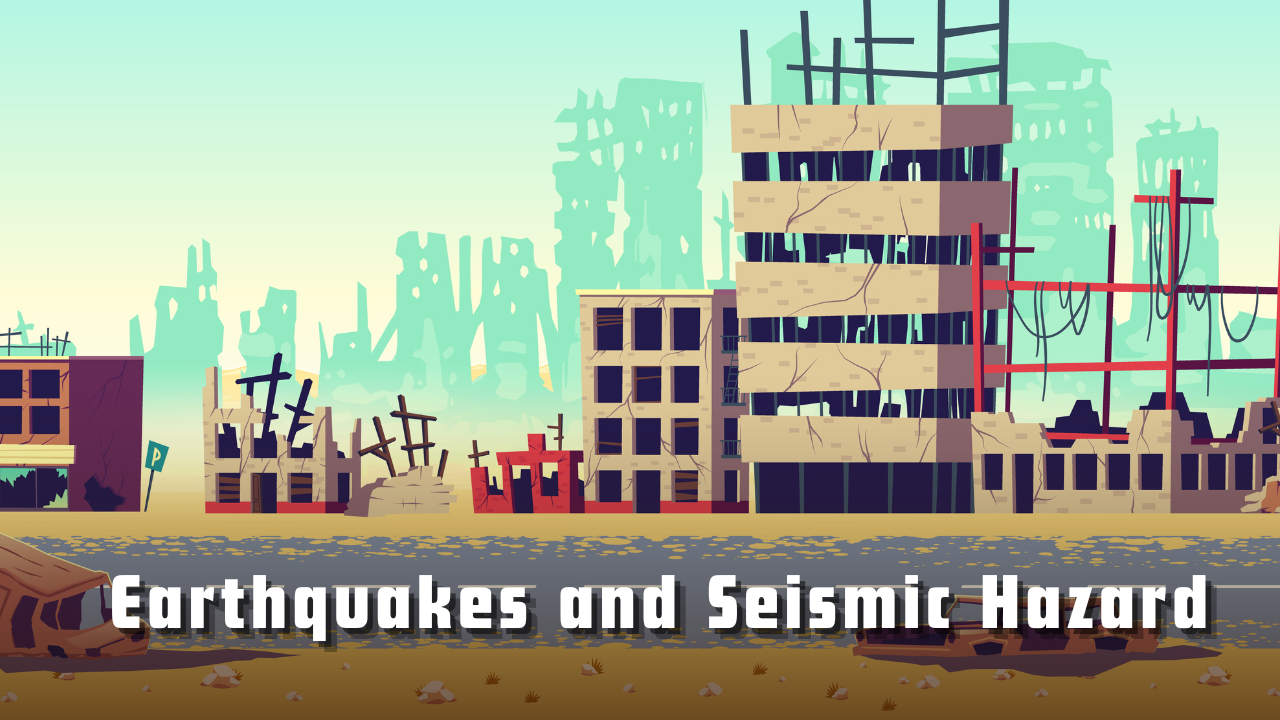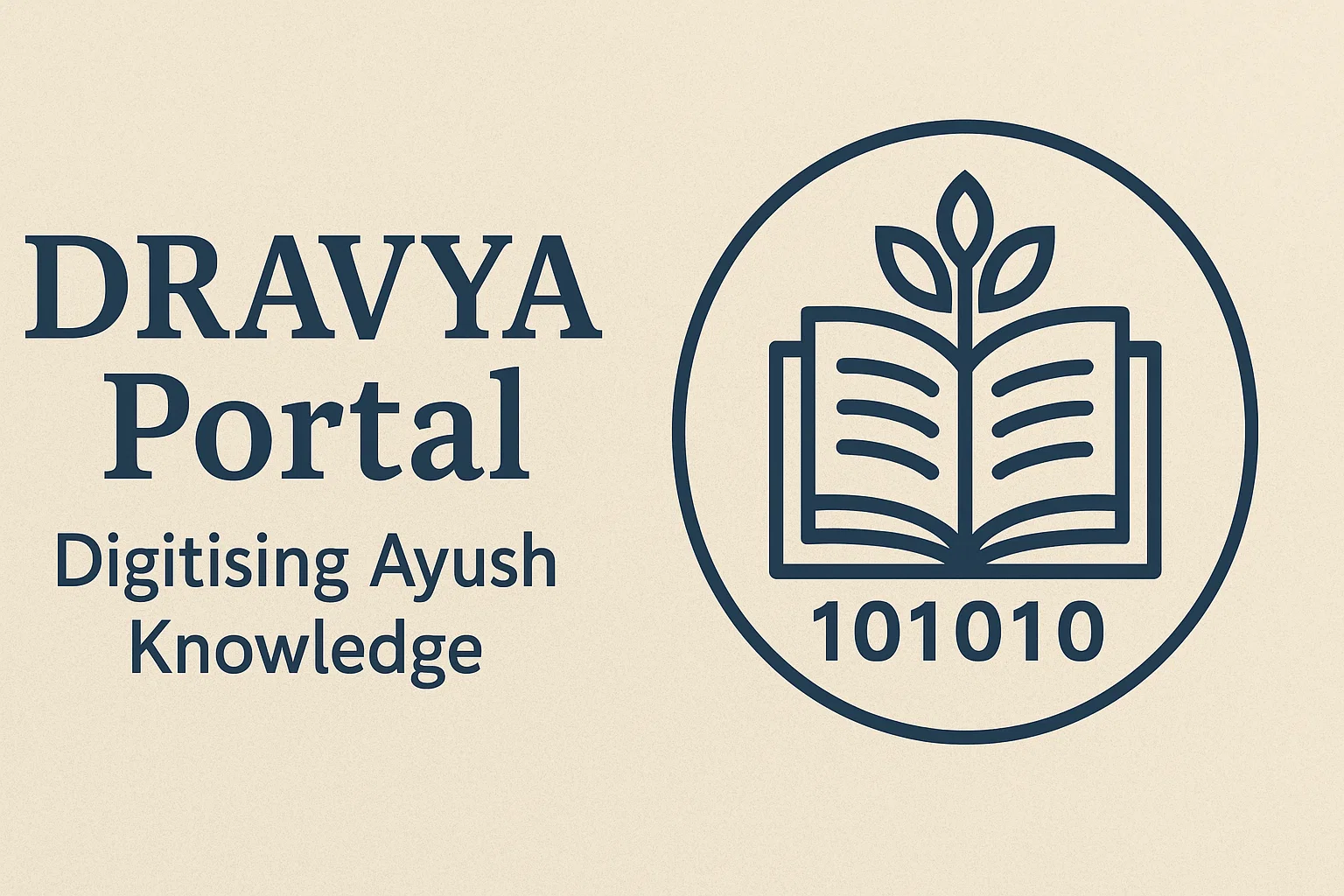Font size:
Print
Earthquakes and Seismic Hazard
Myanmar’s massive quake hints at bigger earthquakes to come
Earthquake: A new study by Caltech researchers reveals that the Sagaing Fault’s rupture extended over 500 kilometres, far more than expected, and released a net slip of 3 meters. The findings challenge existing seismic models and hold critical lessons for both Myanmar and earthquake-prone regions such as California’s San Andreas Fault.
What is an earthquake, and how does it occur?
- An earthquake is the sudden shaking of the Earth’s surface caused by the release of energy stored in the Earth’s crust. This energy is released in the form of seismic waves, which ripple through the ground.
- The Earth’s crust is divided into massive slabs called tectonic plates. These plates constantly move, but their edges can get stuck due to friction. Over time, stress builds up in these stuck zones. When the stress exceeds the friction, the plates slip suddenly, releasing energy—this is the earthquake.
- The point inside the Earth where this slip begins is the hypocenter, and the point directly above it on the surface is the epicentre.
What are the implications of an earthquake?
- It cause widespread destruction, from collapsing buildings, bridges, roads, and dams to severed utilities that trigger blackouts, water shortages, and communication breakdowns, while also reshaping landscapes through landslides, ruptures, and altered river courses.
- Their human toll includes deaths, injuries, displacement, and long-lasting mental health strain. The economic burden is immense, with high rebuilding costs, disrupted businesses, and rising insurance claims.
- Environmentally, quakes may trigger soil liquefaction, tsunamis, and industrial pollution. In response, governments often push for stricter building codes, resilient urban planning, robust emergency systems, and expanded scientific research, with each event offering crucial lessons for improving forecasting and preparedness.
How can earthquakes give hints to future earthquakes?
- Earthquakes cannot be predicted in the short term, but they leave behind geological, historical, and seismological clues that help assess long-term risks. As explained in The Rumbling Earth (C.P. Rajendran & Kusala Rajendran), paleoseismology reveals land-level changes, liquefaction features, and tsunami deposits that point to recurrence cycles, such as the uplift–subsidence patterns in the Andamans and Nicobars after the 2004 quake or the Allah Bund ridge from the 1819 Kutch event.
- Historical and archaeological records, like the Tamil epic Manimekhalai describing a sea event at Kaveripattinam, corroborate evidence of past tsunamis and earthquakes. Seismological data sometimes show foreshocks or swarms preceding major ruptures, as in the debated link between the 1947 Tibet quake and the 1950 Assam event, while “seismic gaps” in the Himalayas highlight dangerous strain accumulation.
- Together, these clues support long-term forecasting and preparedness—risk mapping, strict building codes, GPS and seismic monitoring—rather than precise prediction, reinforcing that India’s diverse tectonic zones demand proactive mitigation grounded in lessons from past quakes.
Subscribe to our Youtube Channel for more Valuable Content – TheStudyias
Download the App to Subscribe to our Courses – Thestudyias
The Source’s Authority and Ownership of the Article is Claimed By THE STUDY IAS BY MANIKANT SINGH





